Current Research:
| The fall of the monarchs: One of the most well-known animal migrations on the planet is undertaken each fall by the North American monarch butterfly, Danaus plexippus. However, the migratory monarch faces an uncertain future considering its overwintering populations have seen dramatic losses over the past several decades. Although numerous reasons have been proposed for the decline, no single cause has emerged as definitively responsible. We seek to understand how a warming climate may contribute to the decline. Our current work investigates how ambient temperatures prior to and during migration can impact a monarch’s capacity to (1) successfully complete migration and overwinter, or (2) “drop out” of migration and successfully winter breed. |  |
 |
The bee apocalypse: There is an alarming global decline in bee populations, which are vital pollinators for agriculture and ecosystems. This decline is driven by a combination of factors, including pesticides, habitat loss, and climate change. But arbovirus infections such as Deformed Wing Virus (DWV) and Black Queen Cell Virus (BQCV) seem to play a central role. Our group is investigating the environmental factors that shape viral infections within bees and their transmission dynamics across bee communities. |
| Fields of infection: Agrochemicals are everywhere, from those sprayed on agricultural fields to those applied to our lawns. These chemicals can improve crop yields, food security, and curb appeal. However, the impact these agrochemicals have on animals living near heavy-use areas is not completely understood. Clearly the neonicotinoid class of chemicals impair honey bee immunity, memory, foraging ability, and navigation. But what about other chemicals or other notable animals? We aim to better understand how different classes of agrochemicals impact mosquito immune function and its ability to transmit disease to mammalian hosts. | 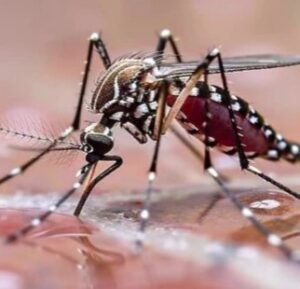 |
Previous Research (but still of interest):
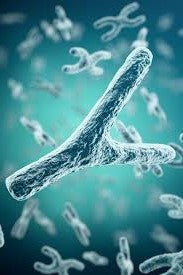 |
Y it matters: The capacity for Y-chromosomes to influence complex phenotypic evolution has traditionally been viewed as limited, as most Y-chromosomes are heterochromatic and comprised of few protein-coding genes. However, over the past decade, Y-chromosomes have been shown to influence gene regulation throughout a genome. Our work suggest this could have both negative and positive consequences for population evolution, from constraining the rate of adaptive evolution in both males and females to alleviating “mother’s curse”; a phenomenon where male-biased deleterious mutations can accumulate on the maternally-inherited mitochondria. We continue to explore these fascinating and often counterintuitive facets of evolutionary genetics. |
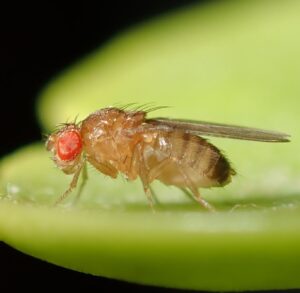 |
Thermal Immunity: Previous works have shown that thermal environments shape insect cuticular melanin, with colder environments leading to darker cuticles (most likely to improve thermoregulation). Interestingly, melanin is also a critical component of insect immune systems. We have shown that as temperature warms, melanin-based immunity weakens, making insects more susceptible to pathogenic infection. This could have profound implications for insect immunity in a warming climate, especially for insect disease vectors who may increase their infection and transmission rates. |
| Sex and immunity: Reproductive investment and immune investment are expensive and, according to life history theory, expected to trade-off. This has a multitude of implications for organismal fitness. We have shown that (1) infected older males produce dishonest signals to attract mates, leading to male terminal investment, (2) infected males provide smaller nuptial gifts, and (3) increased immune activation reduces sperm viability in males and cause females to dump sperm from their sperm storage organs. | 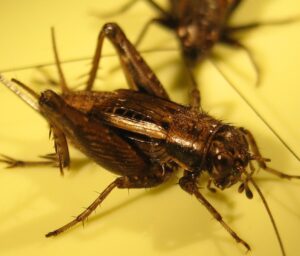 |
| Sexual Selection: Our work has used insect systems to address a multitude of questions including: (1) male choice for parasitized females, (2) the effects of sperm competition on sperm viability and seminal protein production, (3) male size implications for mating success, female choice, and nuptial gift size, and (4) the material and genetic benefits of multiple mating and polyandry. | 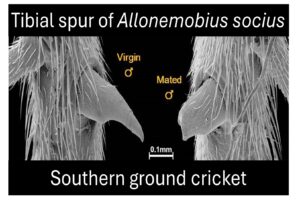 |
 |
Evolutionary Genetics: Using insect systems, our work has lead to some fascinating discoveries. For instance, female choice for above average males can lead to above average sons as expected. But can also create below average daughters due to intralocus sexual conflict. In addition, we have shown that asymmetric gene flow across environmental gradients can constrain local adaptation and range expansion. |
